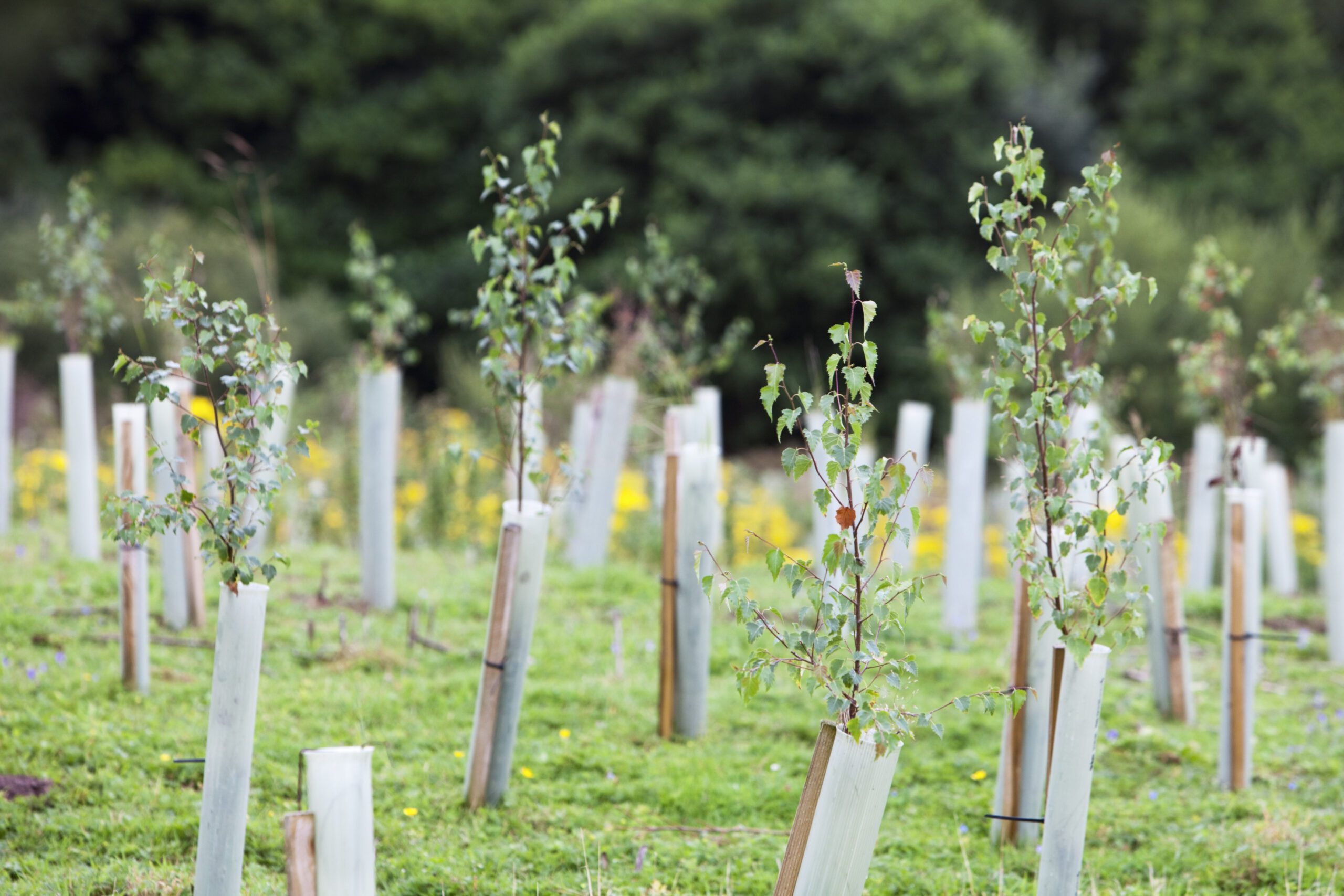Why Urban Tree Planting Matters
Urban tree planting is an essential step towards creating healthier, greener cities. Trees improve air quality, reduce heat, and provide habitats for wildlife. This post highlights the top 5 tree species for urban planting, focusing on their benefits and suitability for urban environments.
1. London Plane (Platanus x hispanica)
The London Plane is a popular choice for urban areas due to its resilience and ability to withstand pollution.
- Key Features: Large canopy, tolerant to poor soil conditions.
- Benefits: Excellent at absorbing pollutants and reducing urban heat.
- Ideal Locations: Parks, pavements, and city squares.
Learn more at The Woodland Trust.
2. Silver Birch (Betula pendula)
Silver Birch trees are admired for their elegant appearance and environmental benefits.
- Key Features: Light canopy, fast-growing, and adaptable.
- Benefits: Improves air quality by capturing airborne pollutants.
- Ideal Locations: Residential streets and gardens.
3. Japanese Cherry (Prunus serrulata)
Known for its stunning spring blossoms, the Japanese Cherry is both ornamental and functional.
- Key Features: Compact size, colourful flowers, and easy maintenance.
- Benefits: Adds beauty to urban areas while providing shade.
- Ideal Locations: Parks, pedestrian zones, and avenues.
4. Field Maple (Acer campestre)
The Field Maple is a hardy native tree suitable for urban environments.
- Key Features: Dense foliage, adaptable to different soils, and drought-resistant.
- Benefits: Supports biodiversity by attracting birds and insects.
- Ideal Locations: Roadsides, parks, and urban woodlands.
5. Rowan (Sorbus aucuparia)
Rowan trees are valued for their berries, which attract birds and wildlife.
- Key Features: Compact growth, vibrant berries, and high adaptability.
- Benefits: Enhances biodiversity and adds seasonal colour to cities.
- Ideal Locations: Small gardens, streets, and community spaces.
Benefits of Urban Tree Planting
1. Reduces Air Pollution
Urban trees absorb harmful pollutants, improving air quality for residents.
2. Provides Shade and Lowers Temperatures
Trees reduce the urban heat island effect, making cities more comfortable during summer.
3. Enhances Mental Health
Green spaces and tree-lined streets promote relaxation and mental well-being.
How to Support Urban Tree Planting
- Volunteer with local environmental groups to plant trees in your area.
- Donate to an environmental charity focused on reforestation.
- Support eco-friendly projects aimed at improving urban green spaces.
Explore initiatives at EcoClicks.
Conclusion
Urban tree planting is a crucial step towards building greener, healthier cities. From the resilient London Plane to the elegant Silver Birch, these top 5 tree species are perfect for urban environments. Supporting tree planting initiatives helps combat climate change, improve air quality, and promote biodiversity.
Ready to make your city greener? Visit EcoClicks.co.uk to learn more about tree planting initiatives and eco-friendly projects in urban areas.

